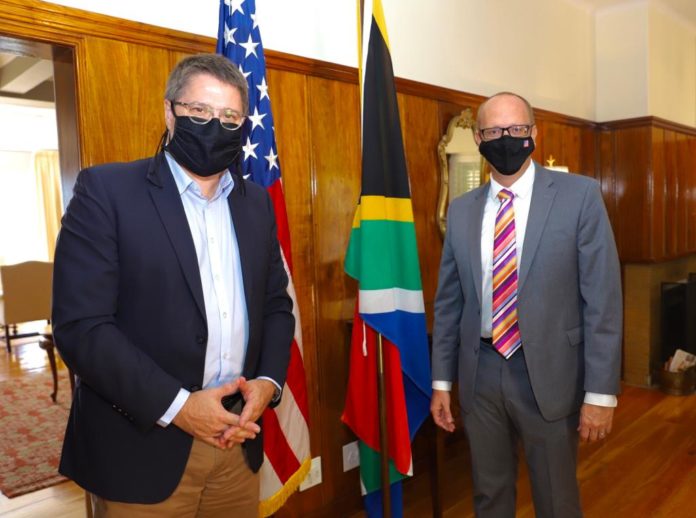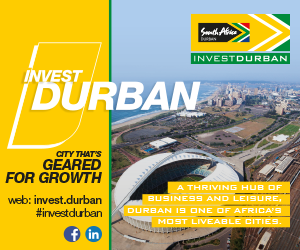Media release by David Maynier, Western Cape Misister of Finance and Economic Opportunities
On 25 February 2021, I met with representatives from De Beers Marine to hear how our Red Tape Reduction Unit had assisted a major maintenance project for the Gariep mining vessel that created jobs and brought investment into the economy in the Western Cape.
Thanks to the interventions of our Red Tape Reduction Unit, the completion of this project has also paved the way for two more ship repair projects which are already booked for this year at the Port of Cape Town.
 In early July 2020, the Department of Economic Development and Tourism (DEDAT) was approached by De Beers Marine to assist with approval for the Gariep mining vessel to be sent to the Port of Cape Town dry dock for 112 days of maintenance and refitting. As a result of the Covid-19 pandemic and the lockdown restrictions, there was some concern that the project would not be able to proceed.
In early July 2020, the Department of Economic Development and Tourism (DEDAT) was approached by De Beers Marine to assist with approval for the Gariep mining vessel to be sent to the Port of Cape Town dry dock for 112 days of maintenance and refitting. As a result of the Covid-19 pandemic and the lockdown restrictions, there was some concern that the project would not be able to proceed.
Following engagements with the Port of Cape Town, and assistance from the DEDAT workplace safety team to ensure all necessary Covid-19 health protocols were implemented, the Gariep mining vessel arrived in Cape Town on 1 August 2020.
However, as a result of the complex international crew change procedures and immigration challenges at the time, the 44-person foreign crew were then not allowed to disembark from the vessel. As the crew could not stay on board while the maintenance was being done but were needed on-site to sign off the maintenance upgrades, this caused further delays to the project and risked a cancellation of the project entirely.
The Red Tape Reduction Unit again assisted by convincing the National Joint Committee on Immigration of the importance of the economic value of the project and reassuring them that all workplace safety precautions had been implemented. The Committee issued a special clearance for the crew to disembark and the project was able to continue to completion on the 24 November 2020.
 This work done by our Red Tape Reduction Unit is an excellent example of how we are working hard to improve the ease of doing business and create an enabling environment for businesses to grow and create jobs in the Western Cape.
This work done by our Red Tape Reduction Unit is an excellent example of how we are working hard to improve the ease of doing business and create an enabling environment for businesses to grow and create jobs in the Western Cape.
Since its launch in 2011, our Red Tape Reduction Unit has helped thousands of businesses tackle obsolete or unnecessary bureaucracy that restricts their growth. In this financial year alone, they have dealt with over 1 270 cases and have maintained an overall resolution rate of 80%.
Tackling red tape and improving the ease of doing business in the Western Cape requires partnerships across all levels of government, together with the private sector and industry bodies, working together to create an enabling environment in which businesses can thrive and jobs are created.
And so, I would like to thank all stakeholders involved in the success of the Gariep mining vessel maintenance project, especially during a very challenging time.
Going forward we will be dramatically scaling up our efforts to address systematic red tape issues at their core and improve the ease of doing business, so that the Western Cape continues to be an attractive destination for investment and job creation.
Any businesses in the Western Cape, or any new potential investors battling with red tape can contact our Red Tape Reduction Unit for free assistance.
For more information visit: www.westerncape.gov.za/red-tape-reduction




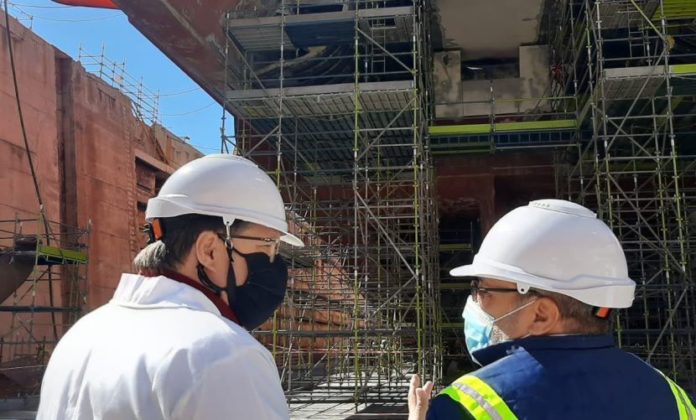
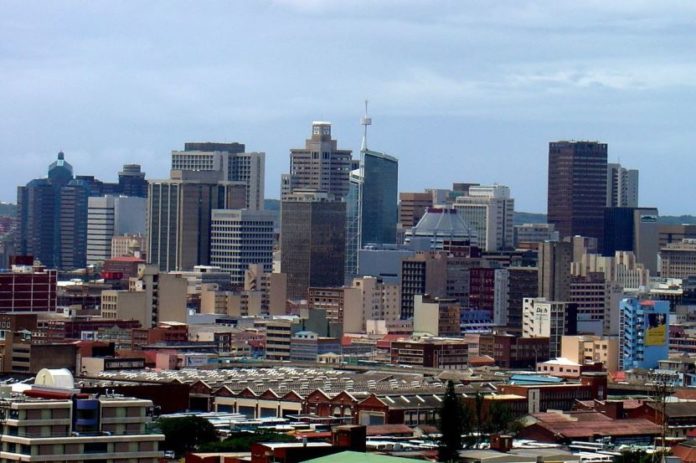
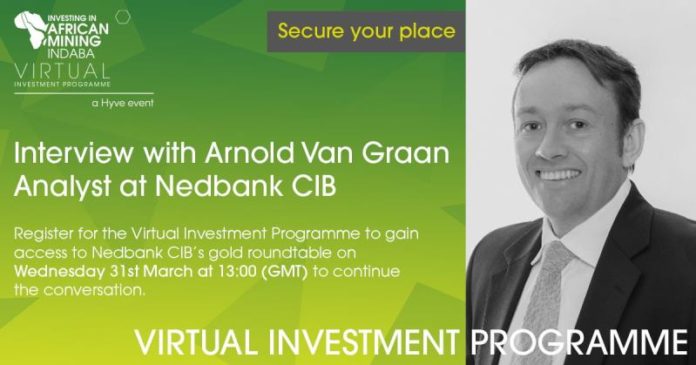

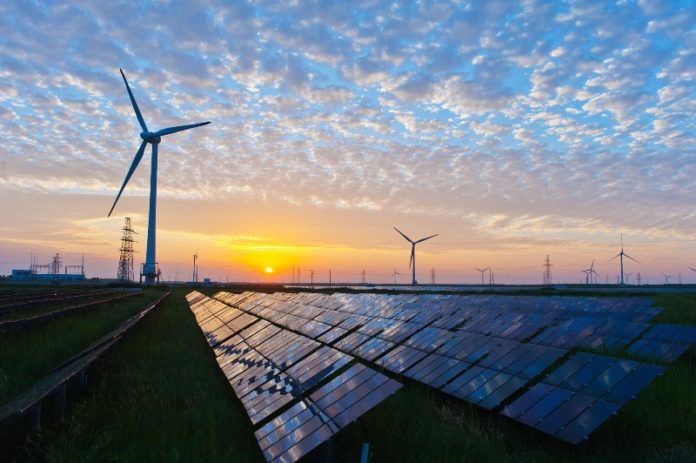


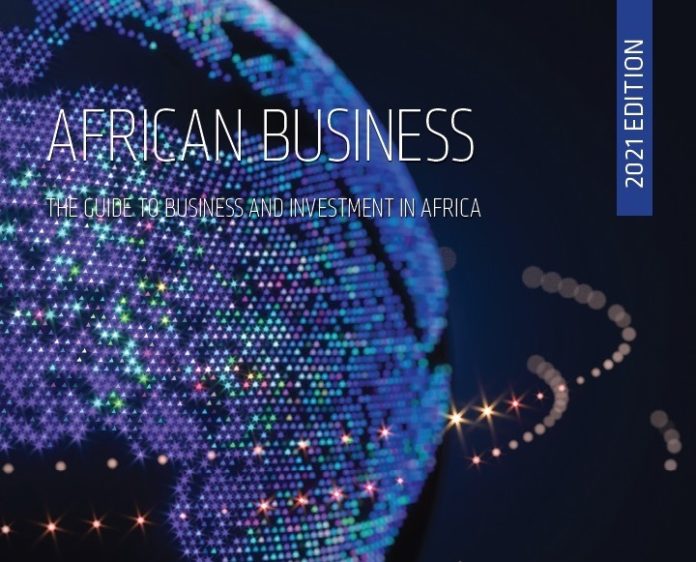





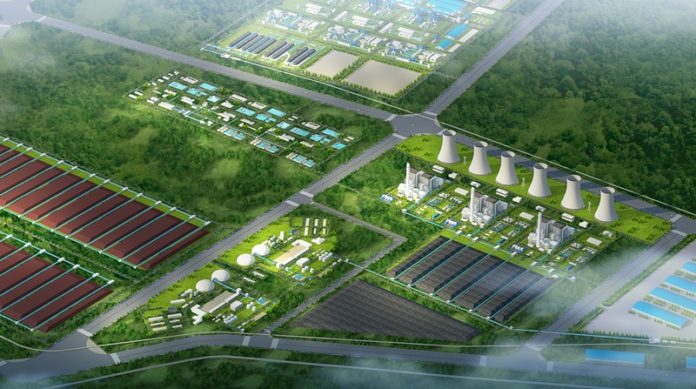
 Substantial research is being conducted to mitigate such risks which will include the deployment of the best carbon capture and storage (CCS) technology to mitigate the greenhouse gas emissions.
Substantial research is being conducted to mitigate such risks which will include the deployment of the best carbon capture and storage (CCS) technology to mitigate the greenhouse gas emissions. Lehlogonolo Masoga has more than 19 years of experience as an administrator and public servant, most recently as Deputy Speaker of the Limpopo Provincial Legislature and MEC for Roads and Transport.
Lehlogonolo Masoga has more than 19 years of experience as an administrator and public servant, most recently as Deputy Speaker of the Limpopo Provincial Legislature and MEC for Roads and Transport. 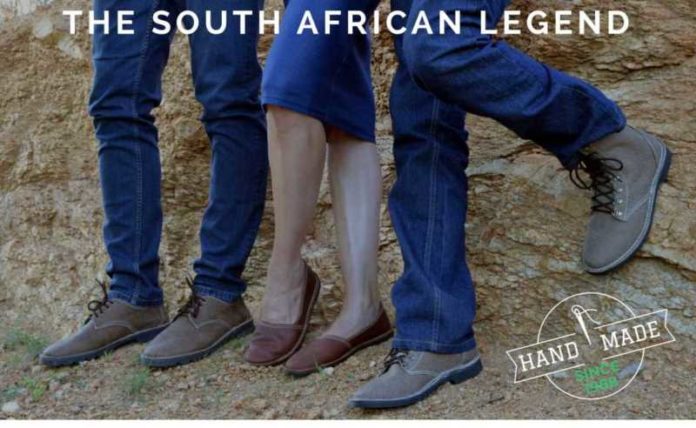


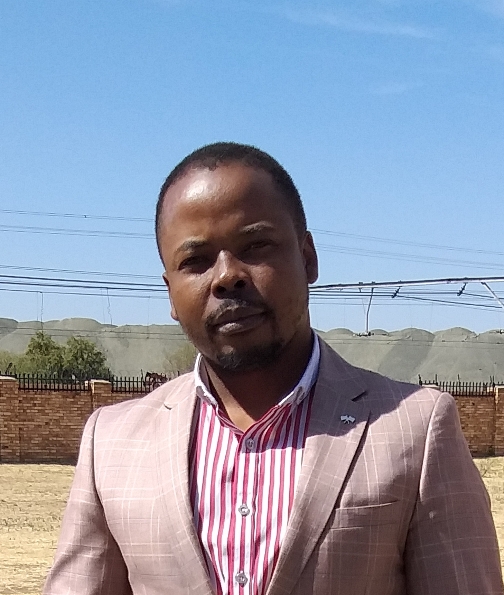




 Explore our diamond inventory and get a glimpse into the quality of diamonds that we produce.
Explore our diamond inventory and get a glimpse into the quality of diamonds that we produce.